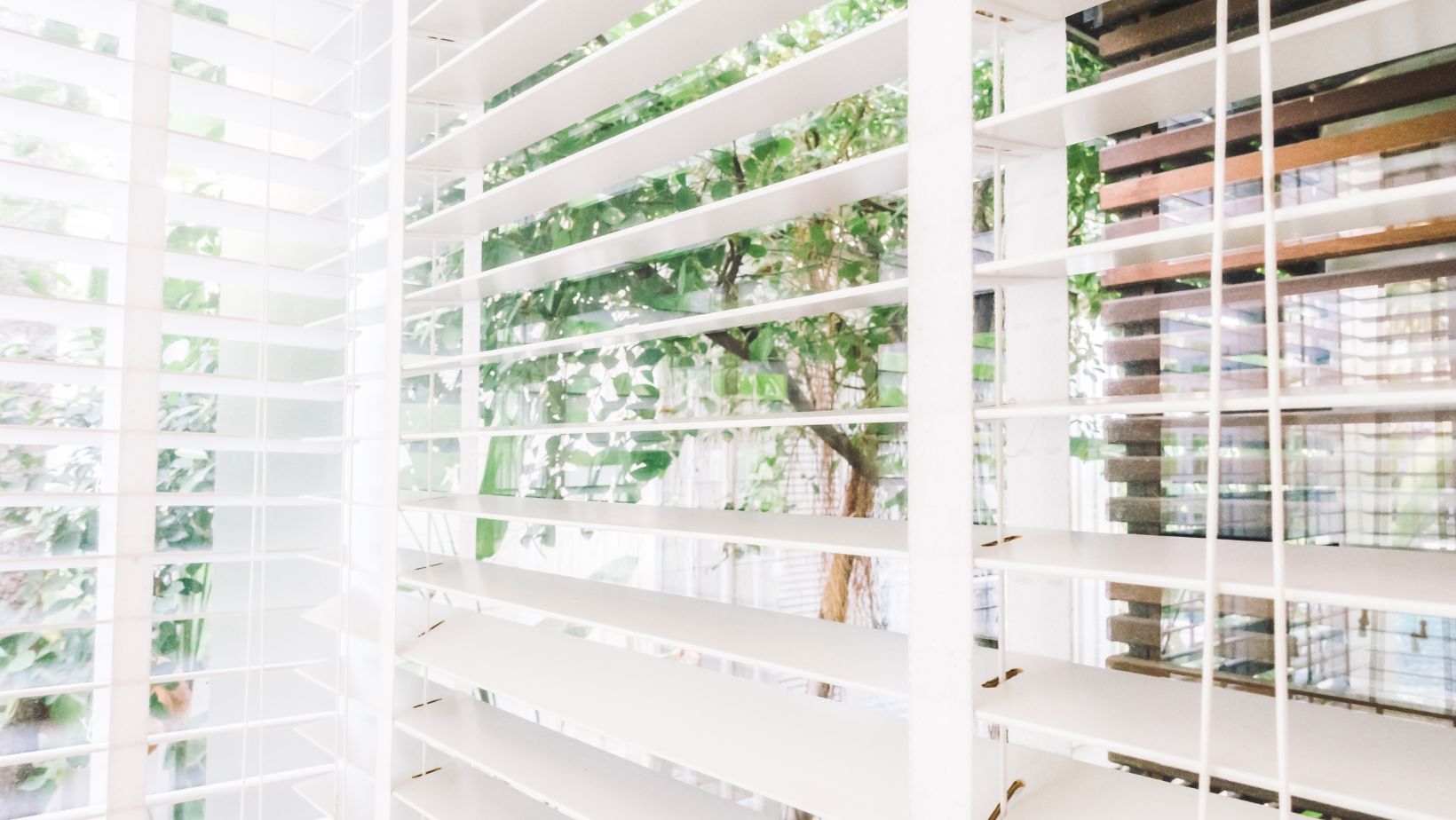In modern architecture and interior design, window treatments play a crucial role in balancing aesthetics, privacy, and light control. Among various window treatment options, integral blinds have become increasingly popular due to their unique design and functionality. But what exactly are these integral blinds, and how do they work? This article delves into the concept of integral blinds, their mechanisms, benefits, and applications.
What Are Integral Blinds?
Integral blinds, also known as integrated blinds, are a sophisticated window treatment solution where blinds are encapsulated between two panes of glass. Unlike traditional blinds which require frequent cleaning and are susceptible to damage over time, integral blinds remain dust-free and protected, making them a low-maintenance option.

The encapsulation not only enhances the lifespan of the blinds but also adds a sleek, modern look to windows and doors.
Mechanisms of Integral Blinds
Integral blinds operate through various mechanisms. The most common types include manual and motorised systems. In manual systems, users can control the tilt and raise/lower functions using magnetic sliders or cord systems located on the frame. Motorised systems, on the other hand, offer enhanced convenience with remote controls or wall switches. Some advanced models even integrate with smart home systems, allowing users to operate the blinds through voice commands or mobile apps.
The magnetic slider mechanism is particularly noteworthy. It employs a sliding magnet on the external side of the glass that mimics the movement of a magnet inside, ensuring a smooth, precise adjustment of the blind’s position. This method is highly reliable and maintains the integrity of the double or triple glazing.
Benefits of Integral Blinds
Integral blinds offer several advantages over traditional window treatments:
- Low Maintenance: Being enclosed between glass panes, they are protected from dust and damage, reducing the need for regular cleaning and maintenance.
- Enhanced Safety: Since there are no exposed cords or wands, integral blinds are safer for households with young children and pets.

- Better Insulation: The extra layer provided by the integrated blind can enhance the thermal efficiency of the window, contributing to energy savings.
- Privacy and Light Control: Integral blinds can be adjusted to control the amount of light entering the room and provide privacy without compromising on style.
- Aesthetic Appeal: The streamlined appearance of integral blinds adds a modern, seamless look to any window or door.
Applications of Integral Blinds
Due to their versatile design and functional benefits, integral blinds are suitable for various applications:
- Residential Use: Integral blinds are an excellent choice for homes, especially in spaces like kitchens, bathrooms, and living areas where a clean, uncluttered look is desirable.
- Commercial Buildings: In offices and conference rooms, integral blinds provide a professional appearance and can help control glare on screens and monitors.
- Healthcare Facilities: Hospitals and clinics benefit from the hygienic properties of integral blinds, as they do not collect dust and are easy to clean.
- Educational Institutions: Schools and universities can use integral blinds to enhance the learning environment by controlling natural light and creating a comfortable space.
























